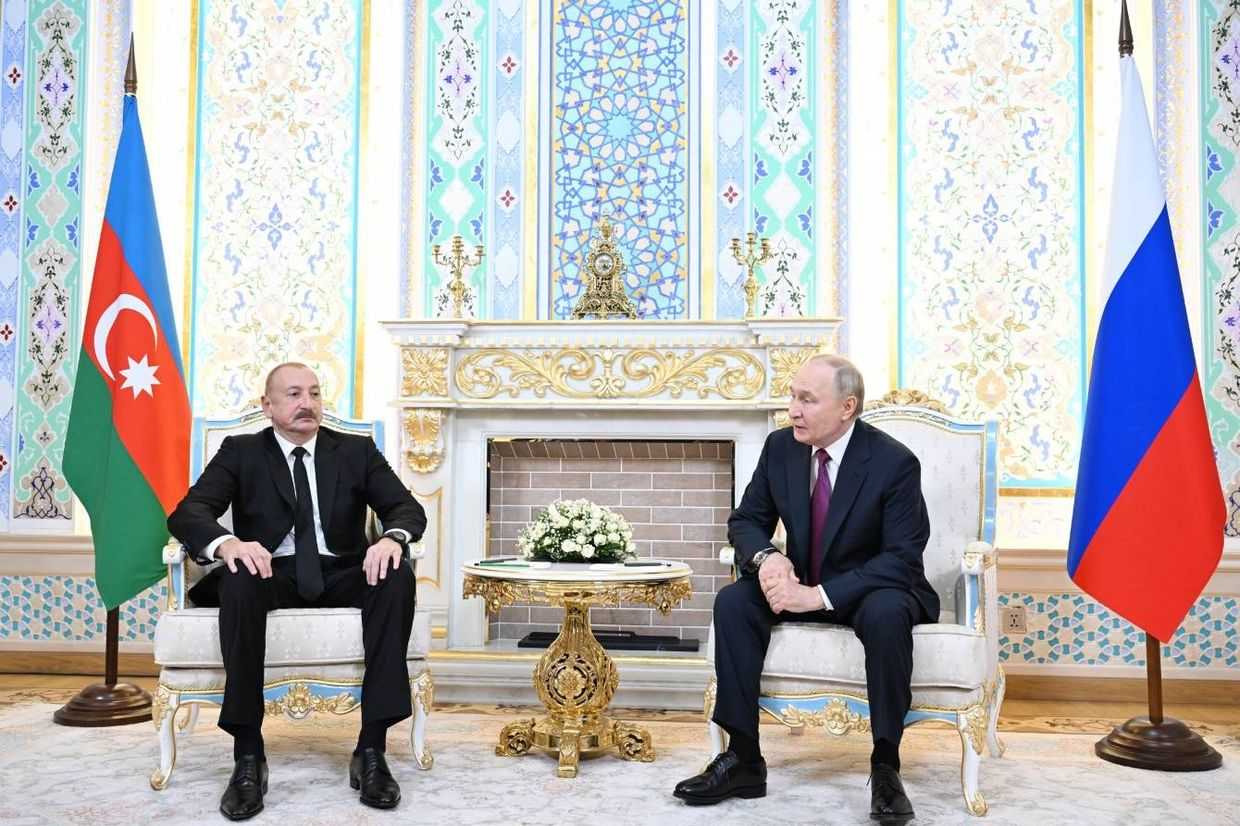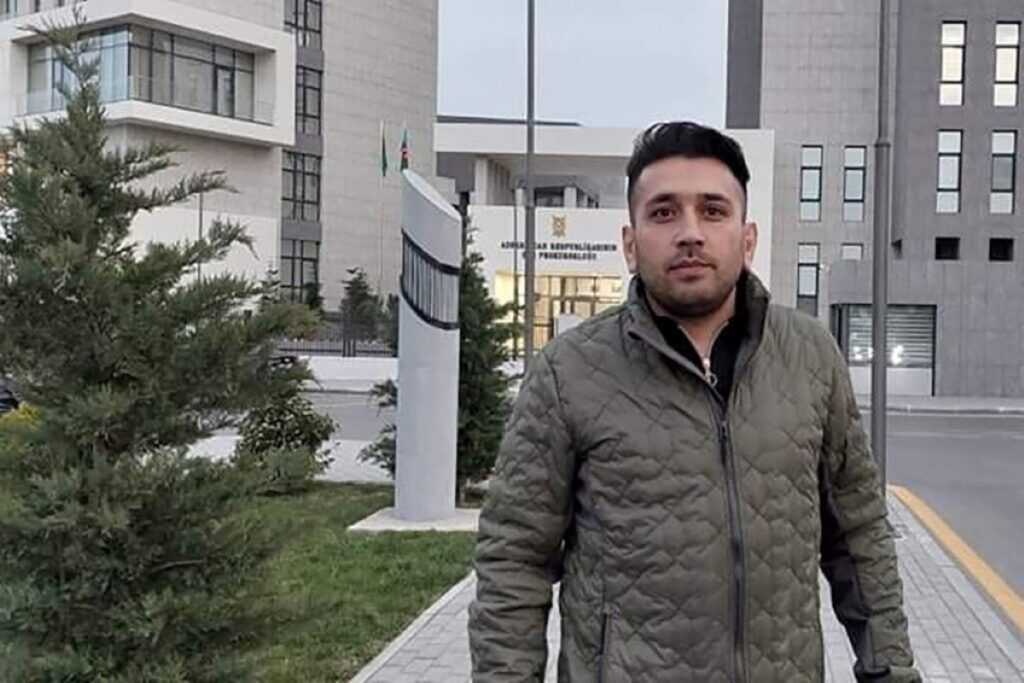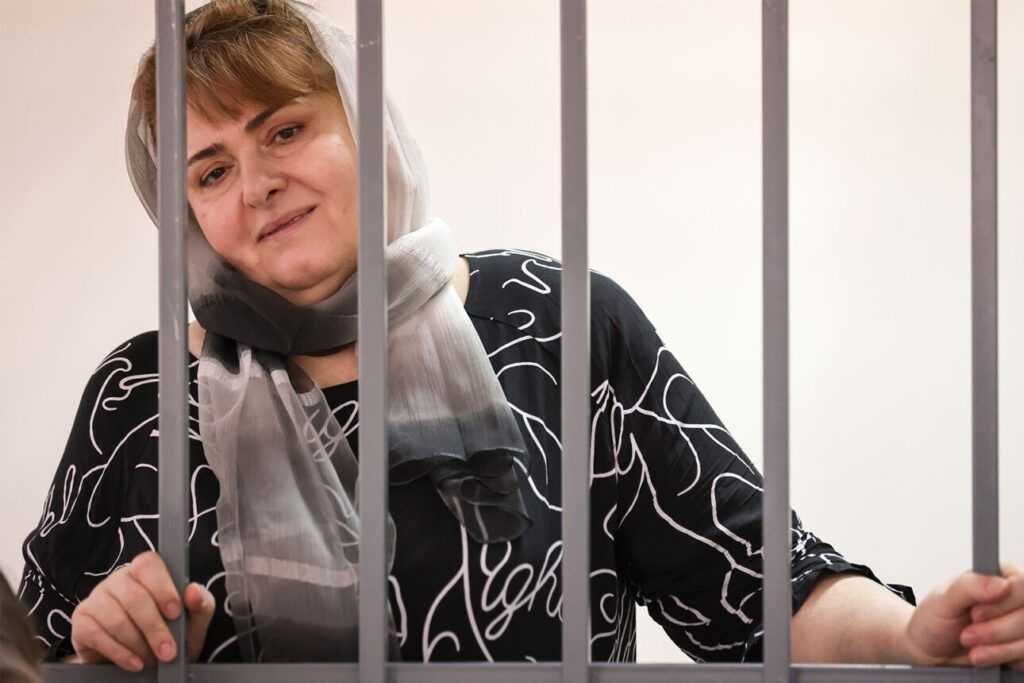Baku holds controversial pseudo-historical conference in Rome about Christianity in Azerbaijan

On 10 April, a conference organised by the Azerbaijani Foreign Ministry, called ‘Christianity in Azerbaijan: History and Modernity’, was held in Rome. The conference immediately drew condemnation across the political spectrum in Armenia, based on the allegation that the conference deliberately distorted Armenian history for political purposes.
Although the event was marketed as being held in the Vatican, which critics argued was intended to give it a sheen of credibility, it was actually held at the Pontifical Gregorian University, a private Jesuit university in Rome founded by the Holy See.
A representative of the university later told the Armenian media outlet CivilNet that it had no affiliation with the conference beyond renting space for it to be held.
The bulk of the conference appears to have been dedicated to a fringe historical theory, typically credited to 20th century Azerbaijani historian Ziya Bunyadov, that attempted to distort the ancient history of Armenians in Nagorno-Karabakh by instead claiming that ancient monuments were created by Caucasian Albanians — referring to a Christian kingdom that existed in the South Caucasus in the first millennium CE.
The theory has not been widely accepted outside of Azerbaijan, and has been criticised as an attempt to rewrite history in order to deny the ancient presence of Armenians in the region.
The bulk of the speakers at the conference were Azerbaijani, although one was a missionary from the Albanian Orthodox Church, which CivilNet wrote was likely a mistake stemming from confusion over naming.
Eduard Habsburg, Hungary’s ambassador to the Vatican, also attended the event, drawing criticism from Armenians on social media.
Fascinating conference at @UniGregoriana by @AzEmbVatican on Christian heritage and history in 🇦🇿Azerbaijan.
— Eduard Habsburg (@EduardHabsburg) April 10, 2025
Opening speech by Ambassador @ilMukhtarov pic.twitter.com/2qheXSZMA1
The conference was condemned by the Armenian Apostolic Church, which said in a statement that ‘Azerbaijan's propaganda apparatus once again sought to deny the Armenian identity of the historical and cultural heritage of Armenia and Artsakh [Nagorno-Karabakh], distorting historical facts with the intent of eventual appropriation’.
‘We regret that such an anti-academic event was allowed to take place within the walls of a Catholic institution of higher education’.
The Armenian Patriarchate of Jerusalem also issued a statement calling the conference ‘baseless’ and ‘Azeri-sponsored’.
‘We assert that the Vatican has acted irresponsibly, allowing its academic platform to be cleverly leveraged to propagate a well-known and fabricated narrative — one that seeks to erase the historic presence of the Armenian Apostolic Church in the South Caucasus from the intellectual memory of world academia’.
For ease of reading, we choose not to use qualifiers such as ‘de facto’, ‘unrecognised’, or ‘partially recognised’ when discussing institutions or political positions within Abkhazia, Nagorno-Karabakh, and South Ossetia. This does not imply a position on their status.











